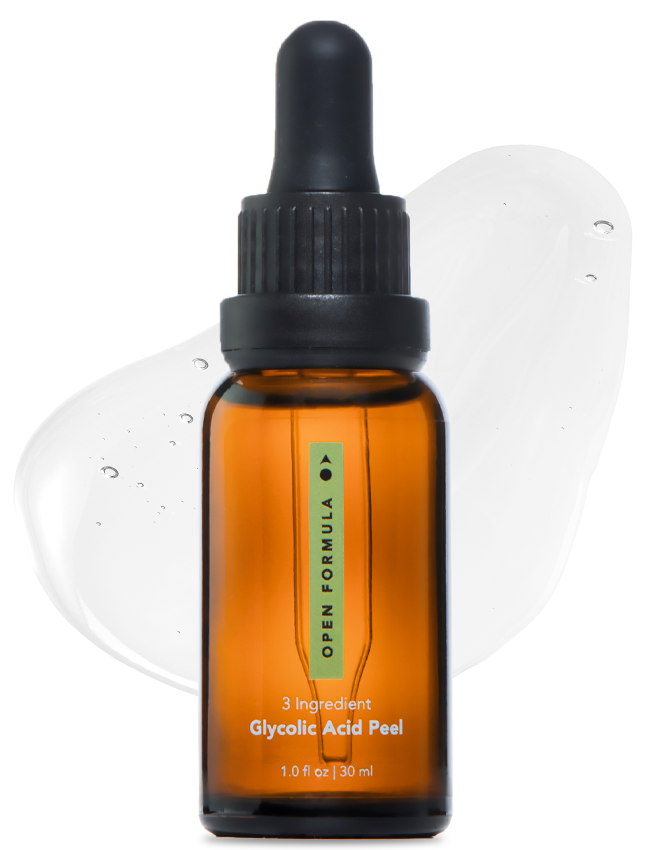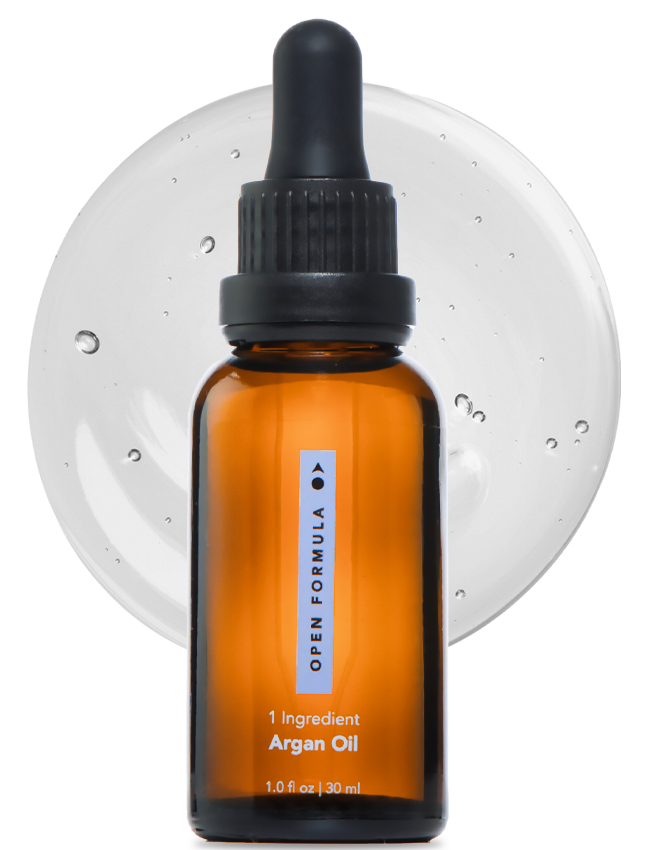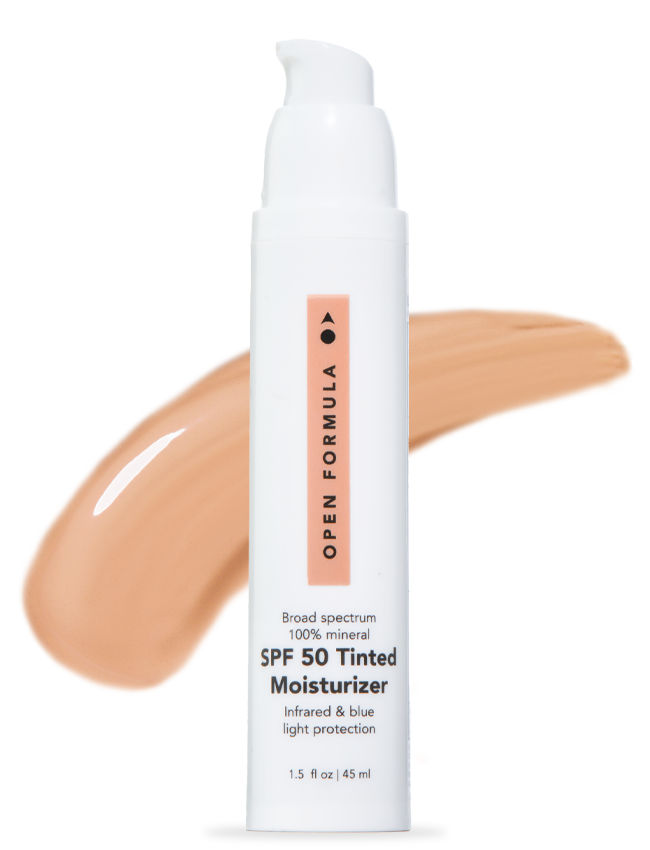It's entirely logical to assume facial oils would only be useful for people with dryer skin types. Wouldn't oils just clog up pores for people already suffering from overactive oil glands, aka oily skin? As it turns out, the opposite is true in many cases.
Moisturizing With Purpose
Even if you have overly oily skin, the right oils can be your friend. Many people report to me that their skin is less oily after using oils. Some people find that their skin is also much softer and much more moisturized. A lot of people even find that after adding a facial oil to their routine, their acne goes away. Facial oils can have insurmountable potential for any skin type. It's all about finding the right one for you. But how are you supposed to do that?
One of the key things to look for in oils is comedogenicity. In other words, how likely an oil is to block pores and cause comedones. These consist of either a clogged closed (whitehead) or clogged open pore (blackhead).
Which Facial Oils Clog Pores?
You might already familiar with comedogenicity. A lot of skincare and makeup products promise to be non-comedogenic, especially ones marketed for oily skin. A totally non-comedogenic rating is zero, while the highest rating is five, meaning the product will almost certainly clog pores.
Knowing these properties is a good guideline to narrowing down if an ingredient could be causing your breakouts, as well as choosing the right oil for your skin. For example, coconut oil is considered highly comedogenic. It has a rating of 4, but it’s a popular natural makeup remover alternative. Not many people realize the connection between their breakouts and coconut oil.
Non-comedogenic and low comedogenic oils include Argan Oil (0), Hemp Seed Oil (0), Passionfruit (Maracuja) Seed Oil (1-2), Rosehip Seed Oil (1), Squalane (1).
Linoleic Acid (Omega-6)
People with oilier skin and more acne were found to have less linoleic acid in their sebum than people that didn't have acne or oily skin. Knowing this, it makes sense that oils with high levels of linoleic acid in them are likely to be beneficial to individuals with oily and acne-prone skin.
Linoleic acid is also known as omega-6 fatty acid, something our bodies can't produce, and actually need to get from food and supplements. However, there's little evidence to suggest that taking omega oral supplements helps with acne. So opt to just apply an oil rich in it directly on your skin.
Linoleic acid is also good for skin in more ways than one—it can help improve barrier function and dehydration. Yes, oily skin can be dehydrated.
Oils rich in linoleic acid include Evening Primrose Oil (2), Grapeseed Oil (2), Chia Seed Oil (3), and Borage Seed Oil (2).
Dry Facial Oils
Another thing to consider is the overall texture of the oil. A dry oil is an oil that basically sinks in immediately to skin with no heavy, sticky texture at all.
A famous example of dry oil is squalane. It's a super-thin, fast-absorbing oil that's super popular right now. It sinks in immediately to the skin, but gives it intense moisture and even has some anti-inflammatory effects. This makes it ideal for calming down acne-prone skin.
Other dry oils include Rosehip Oil (1), Jojoba Oil (2), Kiwi Seed Oil (1), and Borage Seed Oil (2).
Quick Tips for Using Facial Oils
A facial oil should usually be used towards the end of a skincare routine, after water-based products. When used at the end of your routine, they can help to seal in everything else you've put on your skin. They can be used in the morning, or at night, or both. But it's likely that if you have oily skin, you'll want to use it just at night. A nightly application of oils means that your skin can make the most of oils without feeling heavy or greasy as you go by with your day. Now that you know which oils are right for you, there are just a few things to consider in terms of introducing them to your regimen.
There are two ways that you can use a facial oil at the end of your routine. The first is just simply pressing the pure oil into your skin. At this point, you can finish up or end your routine with a super relaxing facial massage.
Or, the second way is by adding a few drops of the oil to your evening moisturizer before patting it onto your face. This is a great technique because it makes a non-spreadable, dry oil much easier to work with and apply on your face. It also helps lighten the texture of the oil. No matter how lightweight or dry an oil can be, if your skin is really sensitive to textures on it, it can still feel a bit heavy. Mixing moisturizer and oil together makes sure that you get the most of both moisturizers—win-win!






























